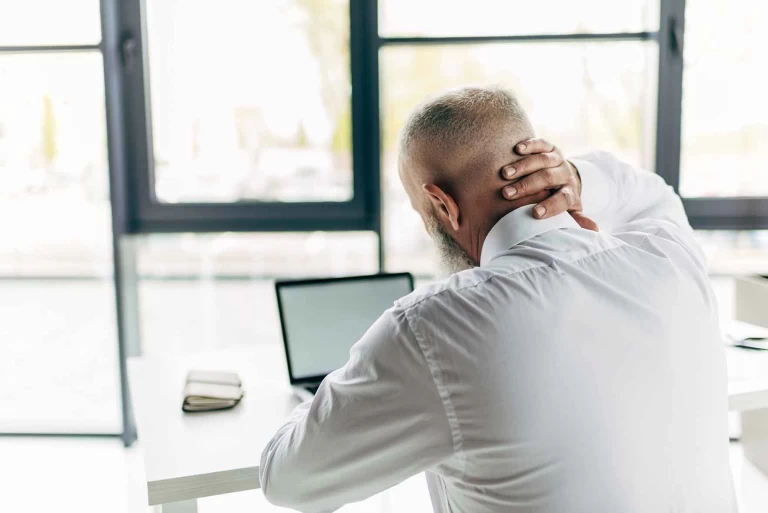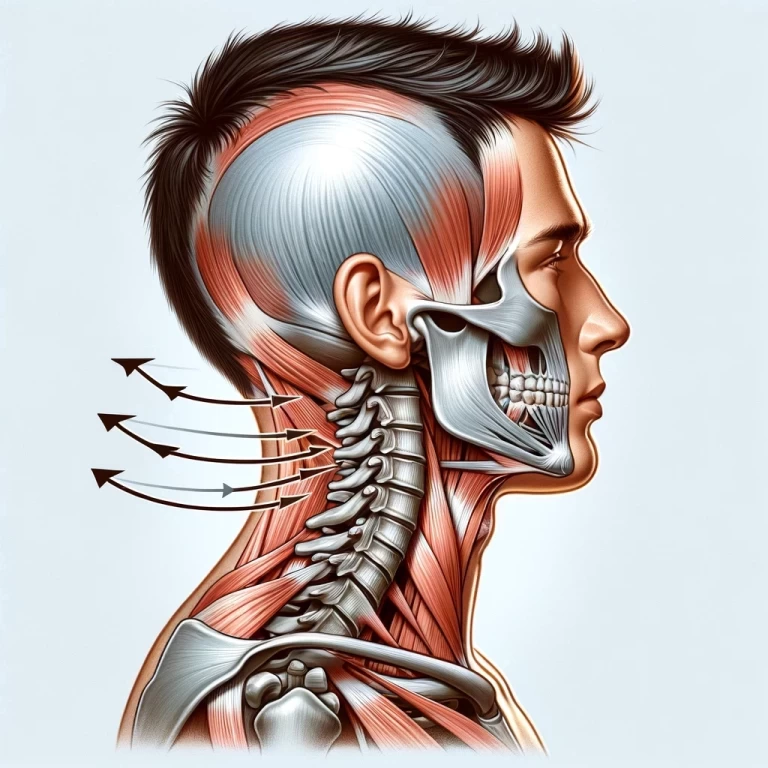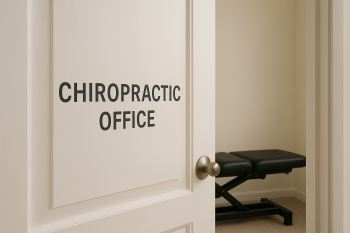
Upper Cervical Chiropractic to the rescue.
We've all had it at least once in our lives. That nagging rigidity in our necks makes all types of head movements hell and adversely affects our mood and daily lives.
By downloading the Digital Patient Chart mobile app you can better control your patient portal.
The neck, also called the cervical spine, is that part of our spinal column beginning from the base of the skull and going down to the shoulders.
It supports the full weight of the head and contains seven vertebrae and is surrounded by a rich network of blood vessels, nerves, muscles, and vital conduits such as the trachea and the esophagus.
Why does it hurt?
Multiple activities and positions of the neck have been shown to increase the likelihood of neck pain because of the flexibility involved.
Let's have a look at a few of the most common causes:
· Accidental injury
By far the most common cause of neck pain among children and young adults, sudden excessive movement or impact on the head and neck by any external stimuli often result in neck pain. Examples include the whiplash neck injury seen in a car crash and sudden acceleration or deceleration of the head. The neck muscles try to compensate for the movement by contracting and often go into a stiffened phase called a spasm.
This spasm is what manifests as pain.
· Posture
Poor posture such as slouching and rounding of the shoulders is the second most common cause of neck pain and is more common among the working-class population of adults. Sitting around all day for extended periods of time leads to fatigued neck muscles which have the default function of maintaining the straight position of the neck and head.
These fatigued and weakened muscles generate that familiar pain.
Similarly, obesity and weak back muscles also disrupt the normal shape and integrity of the spinal column and can lead to pain at any point of the column.
· Age
It is no surprise that with age all the bones and joints in the body become progressively weakened and susceptible to injury.
Cervical vertebrae and their joints are no exception with age-related diseases such as Osteoarthritis, Cervical spine stenosis, and other degenerative diseases of the neck.
The cervical vertebrae see a gradual loss of range of motion because of joint and bone erosion as in Osteoarthritis.
This results in painful movement and stiffness of the neck.
Narrowing of small nerve canals in the bones results in increased pressure on the nerves as in Cervical spine stenosis, and this produces numbness and pain.
Degeneration of the cartilaginous discs between the vertebrae not only hinders movement but also increases the chances of disc herniation that compresses the nerve fibers, again leading to pain.
Upper Cervical Chiropractors to the rescue
While drugs and surgeries for neck pain and injuries are the more popular forms of treatment, we'd like to direct your attention towards the third kind of solution.
A conservative treatment without the use of drugs and surgeries, one that treats your neck pain by manipulating the natural axes of movement in your neck joints to simply untangle the tangled muscle and nerve fibers, alleviating the pain.
Chiropractic techniques aim to restore normal function and mobility to your joints and muscles using manually elicited natural movements of the affected joints. Your chiropractor after a thorough physical and neurological exam of your neck and adjacent areas will employ the appropriate chiropractic technique(s) to reduce the pain and return the neck to its normal mobility and function as conservatively as possible.
Note that if during the examination, a condition such as a fracture or herniation is identified then the chiropractor will most likely refer you to the appropriate physician or surgeon.
The best-used chiropractic spinal manipulation techniques for neck pain include but are not limited to:
· Cervical drop
Cervical drop is another technique that attempts to break abnormal stiffness points within the cervical spinal column. Here, as opposed to cervical mobilization and traction, the neck itself is not manually moved or pulled.
Instead, a controlled non-damaging thrust is employed by the chiropractor to break the rigidity in the neck.
The patient lies on the stomach or sideways, and the headpiece of the table is lifted to a precise position. The chiropractor then identifies areas of rigidity in the neck by palpating or feeling the soft structures of the neck. Once identified, the rigid areas of the neck are then pressed upon by the chiropractor in a swift, quick thrusting action.
This results in sudden dislodgement of any abnormal fixations and the neck return to normal flexibility.
Conclusion
Chiropractic treatments are used for a whole range of conditions not limited to neck pain. In the face of mainstream treatments like medicinal drugs and costly surgeries, chiropractic techniques offer a more natural solution to one of the most common ailments worldwide.









Leave a comment